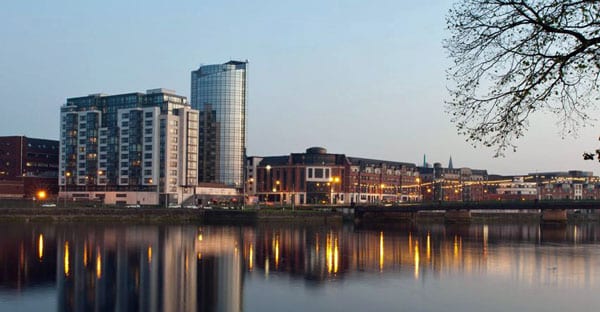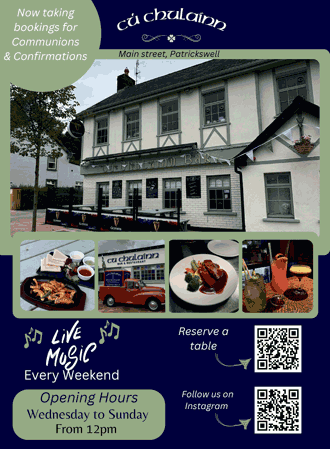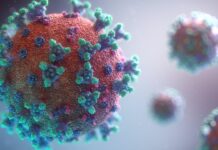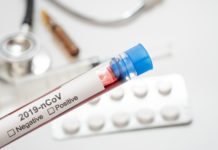

A LIMERICK suicide prevention unit has revealed they are meeting the same people repeatedly on the point of going into the river – because there is no immediate counselling available through the health services.
“What is so frustrating is that we meet a person and get them into an ambulance and out to the hospital, then a couple of nights later, they’re standing at the edge of the river again” said Paul Hogan of the Corbett Suicide Prevention Patrol (CSPP) which has recorded almost 100 interventions since it was established 18 months ago.
“We intervened with one person recently on a Tuesday night and got the person to hospital. On Thursday night, they were back at the river. The person screamed at us that we were just prolonging their pain – that haunts you,”
Mr Hogan was speaking as Minister of State for Health, Kathleen Lynch, and Gerry Raleigh, Director of the HSE National Office for Suicide Prevention (NOSP) announced a public consultation process as part of the development of a new National Framework for Suicide Prevention.
“When we meet the same person over and over, they tell us that we send them to hospital, they’re admitted to 5 B and then discharged the next morning with an appointment three months down the road. Three hours is a long time when you’re depressed, never mind three months. There seems to be no immediate counselling appointment available and these people need that – they are broken,” he said.
Mr Hogan welcomed the initiative to develop a strategy but said the group hoped it wouldn’t be just another talking shop.
He added that the provision of support services to respond quickly and on an ongoing basis for someone in crisis was the most urgent need.
“Thank God for the Samaritans and people in Pieta House. But they are volunteers and we need support through the health services,” he explained.
The provision of barriers at suicide ‘hot spots’ along the waterside was something that could have an immediate effect.
“We meet most of the people who go down to the river with intent at two locations, where there are no railings or barriers to stop them walking in. People have what we call ‘the moment of madness’, maybe after a fight with a girlfriend and there’s nothing at these locations to stop them acting on that”.










